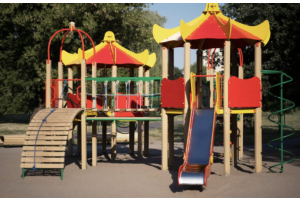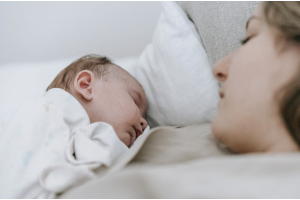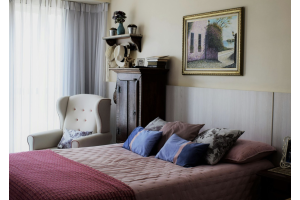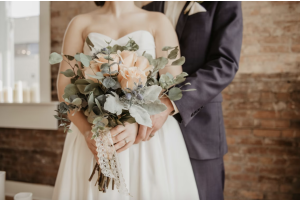Old Meets New: Ten Essential Renovations for Your Vintage Home
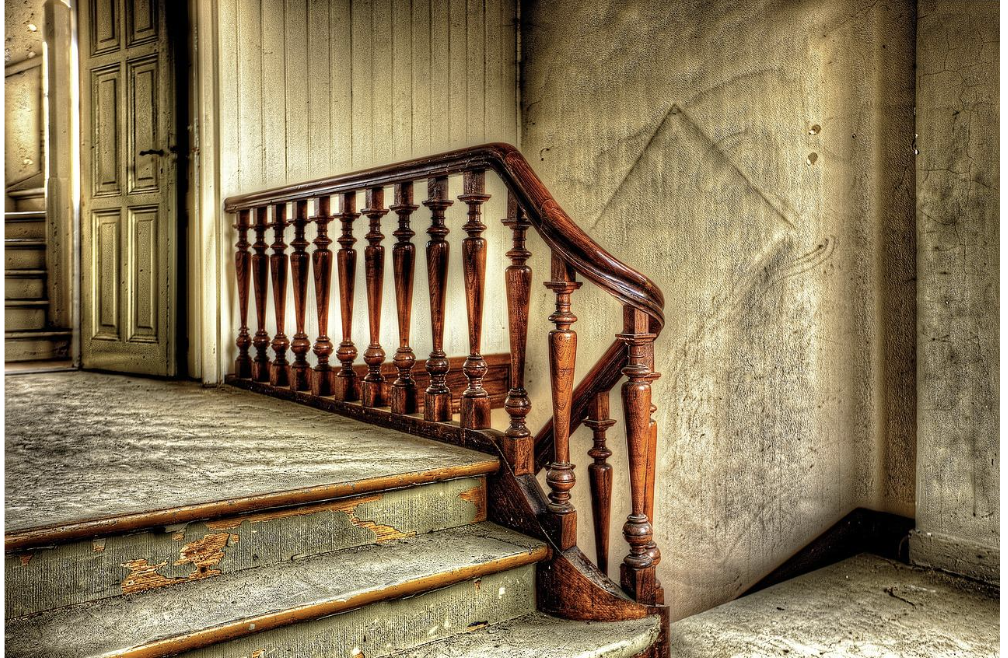
Vintage homes offer a unique charm and a glimpse into the past. They are abundant in historic cities like Omaha, founded in 1854. In fact, according to Redfin, there are currently more than 200 vintage homes for sale in Omaha! These homes often attract buyers due to their low upfront cost. However, owning a vintage home isn't without its challenges. Significant renovations are often necessary to ensure these homes remain functional and can withstand extreme climates. So, for those who’ve bought a charming vintage home, this article explores ten essential renovations, starting with the most critical upgrades.
Updating Electrical Systems
Vintage homes often come with outdated electrical systems, which can be inefficient and unsafe. Updating the electrical wiring and panels is essential to accommodate modern appliances and technology. This task requires a skilled professional, as it involves navigating old wiring and ensuring that new installations meet current safety standards. Upgrading the electrical system not only improves safety but also enhances the functionality of the home, allowing for a more efficient energy flow and reducing the risk of electrical fires.
New Siding Installation
In cities with extreme climates, like Omaha's freezing winters and wet summers, installing new siding is vital. Siding acts as a shield, protecting the home from weather elements while also providing insulation. For vintage homes, it's crucial to choose siding that not only offers durability and weather resistance but also complements the home's historical character. Materials like fiber cement or vinyl can mimic traditional wood siding, providing an aesthetic appeal without compromising efficiency. This upgrade not only enhances the home's exterior appearance but also plays a crucial role in energy conservation and moisture prevention. A professional Omaha siding company can ensure effective installation using materials that are just right for the local climate.
Plumbing Overhaul
Like electrical systems, plumbing in vintage homes often needs significant updates. Old pipes, prone to leaks and corrosion, can lead to water damage and inefficiencies. A plumbing overhaul might include replacing old pipes with new, corrosion-resistant materials and updating fixtures to modern, water-efficient models. This renovation not only prevents potential water damage but also ensures better water pressure and quality, enhancing the overall comfort and livability of the home. Upgrading your home's plumbing system is a great way to achieve better water pressure, ensuring modern comfort while preserving the charm of your vintage home.
Qualified local professionals will know how to upgrade and modernize your plumbing while accounting for the unique construction details found in older properties. Californians living around the San Gabriel Valley are hiring a San Dimas Plumbing company to make sure aging pipes, fixtures, and connections are updated without compromising the home’s original structure. This level of experience helps reduce unexpected issues during renovation and supports long-term reliability once the work is complete.
Roof Repair and Replacement
The roof is one of the most critical components of a home, especially in a vintage property. A damaged or leaking roof can lead to significant problems, including structural damage and mold growth. Repairing or replacing the roof is essential to protect the home from the elements. When renovating, it's important to choose materials that are both durable and in keeping with the home's historical style. Regular maintenance and timely repairs can extend the life of the roof and prevent more costly replacements in the future.
Window Upgrades
Older homes often have original windows that, while charming, can be inefficient in terms of energy use. Upgrading windows is a significant step towards improving a home's insulation and reducing energy bills. New windows that replicate the style of the originals can maintain the home's vintage character while providing the benefits of modern technology, such as double glazing and UV protection.
Refinishing Original Hardwood Floors
One of the most captivating features of vintage homes is their original hardwood floors. Over time, these floors can become worn and lose their luster. Refinishing them is a way to restore their beauty and protect them for the future. This process involves sanding down the existing floors to remove the old finish and any damages, then applying a new stain and sealant. Homeowners can choose to maintain the original color or update it to fit modern aesthetics. Refinishing hardwood floors not only enhances the home's appearance but also increases its value, blending historical allure with contemporary appeal.
Modernizing Kitchens and Bathrooms
Kitchens and bathrooms are central to the functionality of any home, and in vintage homes, they often require significant updates. While modernizing, it's crucial to strike a balance between contemporary convenience and maintaining the home’s vintage charm. This can involve installing new cabinetry, countertops, and appliances that reflect the style of the period. In bathrooms, upgrading fixtures and tiling while keeping the original layout can preserve the historical essence. These renovations improve the practicality of these spaces, making them more efficient and comfortable while respecting the home's heritage.
Adding Insulation
Proper insulation is crucial in vintage homes, which often lack effective temperature control. Adding insulation to walls, attics, and basements can significantly improve energy efficiency, leading to reduced heating and cooling costs. Modern insulation materials can be installed without compromising the architectural integrity of the house. This upgrade is particularly beneficial for maintaining a consistent indoor climate, which is crucial in areas with extreme weather conditions. Additionally, good insulation contributes to a more sustainable home, reducing its environmental impact.
Restoring or Replacing Historic Features
Preserving the unique architectural elements of a vintage home is essential in maintaining its character. This might include restoring original moldings, fireplaces, or stained glass windows. If these features are beyond repair, finding authentic replacements or reproductions can maintain the home’s historical accuracy. This process requires careful consideration and research, as it's important to match the style and materials of the period. Restoring these features not only pays homage to the home's history but also adds to its aesthetic and monetary value.
Incorporating Smart Home Technology
Integrating smart home technology into a vintage home offers modern convenience without detracting from its historical charm. This can include installing smart thermostats, security systems, and lighting, which can all be controlled remotely. These technologies enhance the home's functionality, increase energy efficiency, and provide added security. When installing these systems, it's important to do so in a way that minimizes the impact on the home’s architectural integrity.
Conclusion: Modern Ways to Preserve The Past
Renovating a vintage home involves maintaining a delicate balance between preserving its historical charm and making it suitable for modern living. While these renovations are crucial for maintaining the home’s functionality and efficiency, each step should be approached with respect for the home's original character and an eye toward contemporary living standards. These improvements not only enhance the livability and comfort of the home but also protect and preserve its unique character for years to come. For homeowners of vintage properties, these renovations are not just investments in their homes but also in preserving a piece of history.


